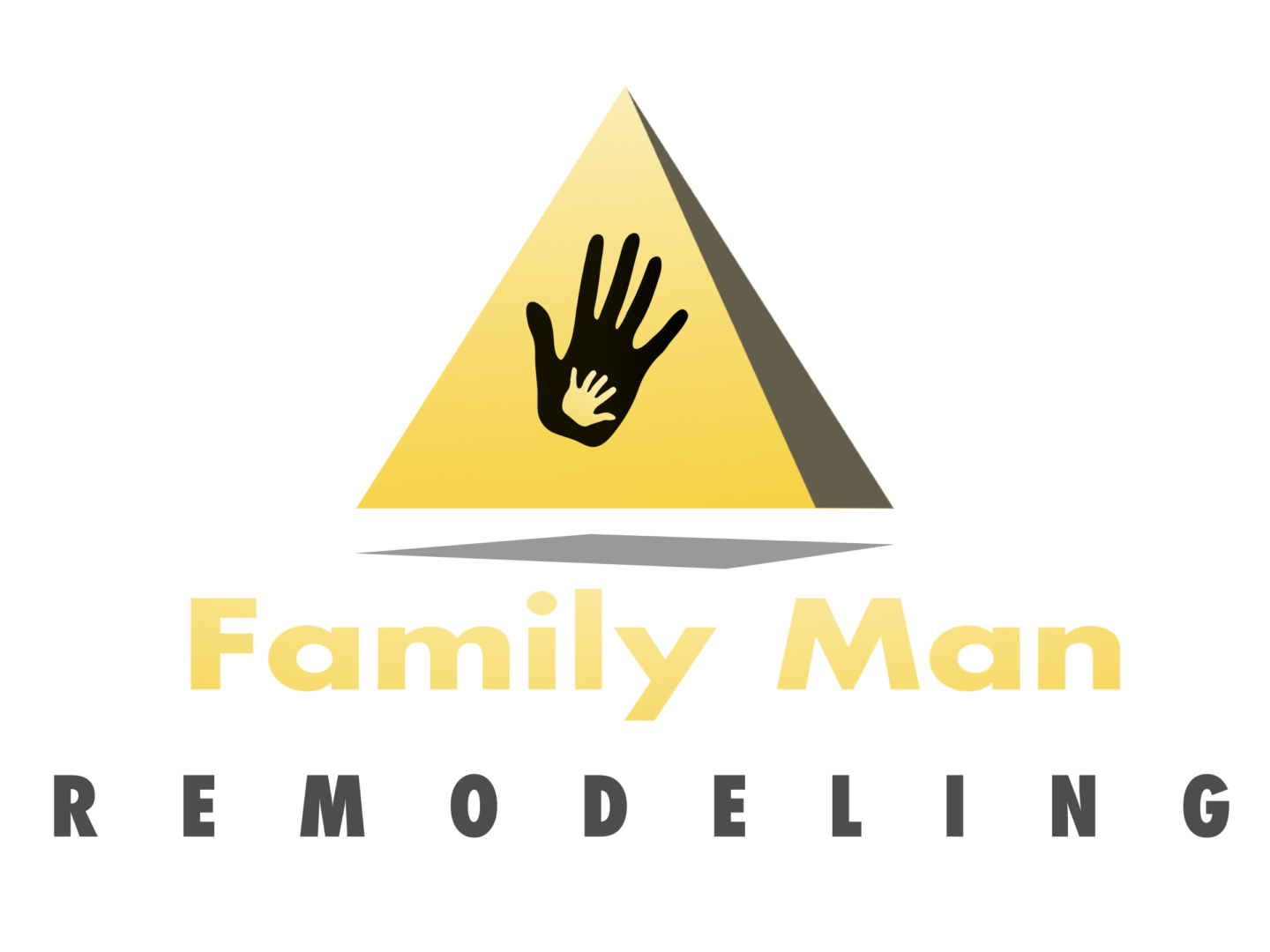For sustainable enthusiasts, living in an accessory dwelling unit (ADU) offers a chance to merge their passion for the environment with their living space. Despite the appeal, there can be challenges such as limited access to sustainable resources, transitioning to off-grid living, and concerns about an increased carbon footprint.
In this article, we’ll delve into these potential hurdles and provide strategies to help sustainable enthusiasts navigate ADU living while minimizing their environmental impact and embracing a more eco-conscious lifestyle.
1. Sourcing Sustainable Resources
One challenge for sustainable enthusiasts in ADUs is accessing sustainable resources. Finding locally sourced organic food, eco-friendly household products, or renewable energy options can be daunting depending on the location. However, enthusiasts can tackle this by seeking out local farmer’s markets, joining co-op programs, or participating in community-supported agriculture initiatives. Building connections with like-minded individuals in the area can lead to discovering hidden sustainable resources and fostering a supportive network.
2. Transitioning to Off-Grid Living
Some sustainable enthusiasts may be drawn to off-grid living for a self-sufficient, environmentally conscious lifestyle in their ADUs. This transition can be intimidating, especially for those new to sustainable practices. Through research, education, and collaboration with off-grid living experts, fears can be alleviated and knowledge gained for navigating this unique living arrangement. Utilizing renewable energy sources, implementing rainwater harvesting, and reducing waste are ways to thrive in off-grid ADU living.
3. Reducing Carbon Footprint
Concerns about an increased carbon footprint are valid for sustainable enthusiasts in ADUs. The pursuit of minimalistic and eco-friendly living may be hindered by larger carbon footprints due to increased travel or space constraints of an ADU. However, by adopting habits such as reducing consumption, utilizing energy-saving measures, prioritizing public transport or biking, and maximizing space use, enthusiasts can minimize their carbon footprint. Continuous learning and improvement are essential for maintaining a sustainable mindset and addressing potential fears.
While sustainable enthusiasts may face challenges when living in ADUs, there are many ways to overcome them and fulfill their eco-friendly aspirations. By seeking out sustainable resources, exploring off-grid living options, and striving to minimize their carbon footprint, ADU residents can create an environmentally conscious and fulfilling living space. Remember, every small step toward sustainability makes a significant impact, and with commitment and creativity, ADU living can become a harmonious reflection of sustainable values.
